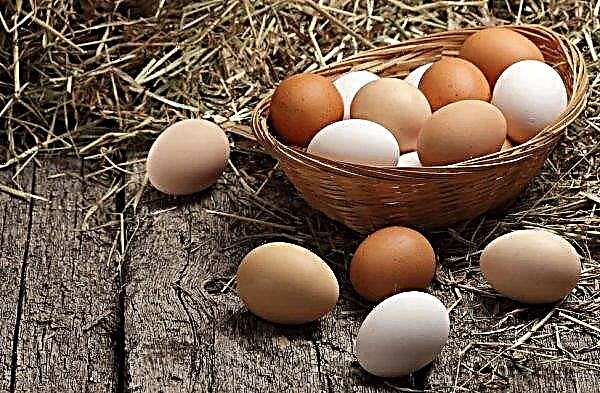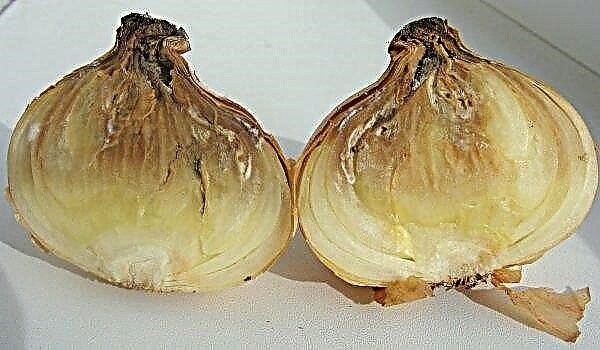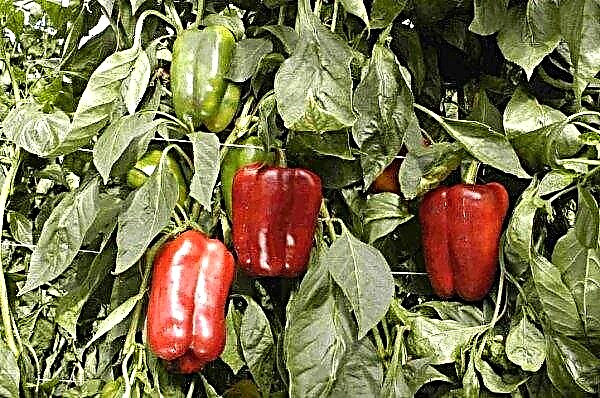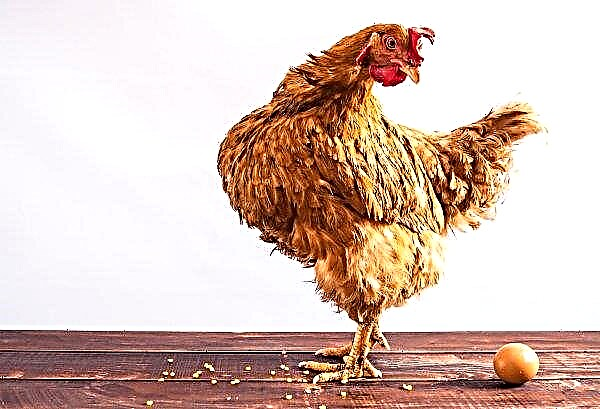Canadian grain exports from licensed enterprises are significantly behind the pace of the previous year, primarily due to a sharp decrease in traffic to China, according to the latest monthly Canadian grain commission data.
More recently, it was announced that the Chinese company will grow soybeans on the lands of the Far East.
As of December 31, the total export of oilseeds and grains for the period from 2019 to 2020 amounted to 17.6 million tons, compared with 20.7 million tons in the previous 5-month period. In 2018-2019, China took 7.5 million tons, and only 2.4 million tons this year. Although China's overall demand for grain in Canada may decline, a number of other countries have increased their purchases.
 From 2013 to 2018, grain exports from Ukraine to China increased from $ 26 to $ 533 million.
From 2013 to 2018, grain exports from Ukraine to China increased from $ 26 to $ 533 million.
Italy and Turkey significantly increased durum wheat imports for the year. The total volume of durum wheat export from Canada as of the end of December increased by 40% compared to the same period last year, mainly due to growth in these two countries. Canadian wheat exports to China fell 73% to 269,000 tons.
Last year, grain exports to Georgia from the Russian Federation grew by more than four percent compared to previous periods.
The United Arab Emirates and Europe bought significantly more canola than in the previous year, while exports to the UAE amounted to almost 0.5 million tons, which is 383% more than in the previous period. Most of the demand in the UAE is associated with processors in the country where they chop the seeds and then export to China and other destinations. Meanwhile, the total export of Canadian canola to France, Germany, Belgium and Portugal in the amount of 904,000 tons increased by 336%.

- In an effort to reduce trade risks in a dispute with China, Ottawa increased insurance coverage available to canola exporters.
- Over the past year, Kazakhstan exported 936.4 thousand tons of oilseeds, thereby updating its own record.
- China agreed to increase sunflower purchases.
- China also agreed to increase US agricultural purchases by $ 2 billion.












